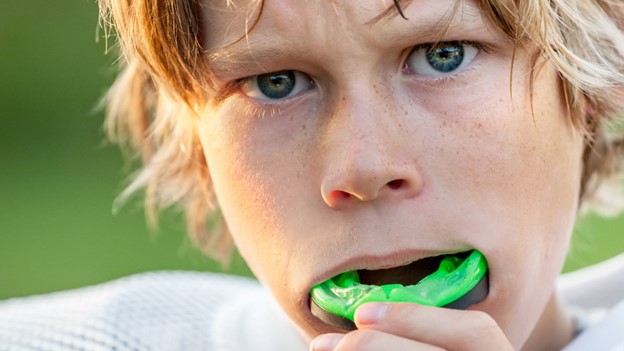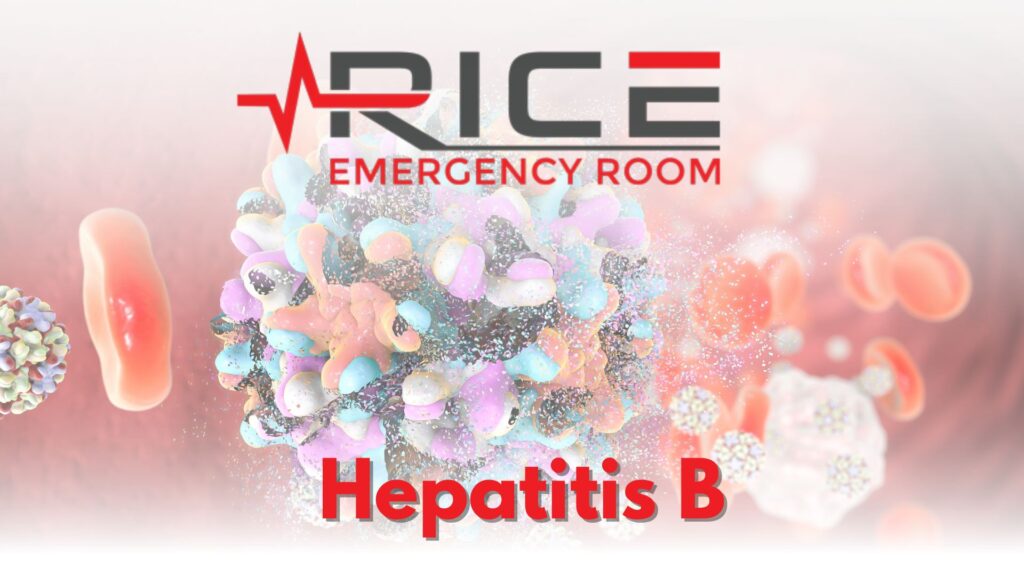
Childhood is often marked by various injuries, among which tooth and mouth injuries are common. Often, it happens because of falls or accidents while playing sports. Not wearing safety gear during contact sports, having accidents on bikes or skateboards, or getting into scrapes on the playground can all cause a tooth to get knocked out.
Sometimes, children might break or lose a tooth by biting or chewing on hard things. Although they are typically not life-threatening, in rare instances, they can lead to severe complications. Moreover, these injuries can have long-term impacts on a child’s appearance and self-esteem. In a dental emergency, such as the loss of a permanent tooth, immediate action is crucial.
What to do in Case of an Injury?
If a baby, toddler, or young child injures their gums or teeth, apply pressure to the bleeding area with a cold, wet piece of gauze. If the child can follow instructions, have them bite down on the gauze. To help reduce swelling, they can suck on an ice pop, or you can hold an ice pack wrapped in a washcloth against their cheek. Be vigilant for symptoms like gum swelling, persistent pain, fever, or changes in tooth color. If a permanent tooth is chipped or broken, gather all pieces of the tooth, rinse the mouth with warm water, and promptly schedule a dentist appointment. (Cronan)
Treating Dental Injuries
How dental injuries are treated depends on a few things: the child’s age, the type of injury, and whether it’s a baby tooth or an adult tooth that’s hurt. Parents often wonder if it’s a baby or adult tooth that’s been damaged. Usually, children get adult teeth once they’re six or seven years old. Plus, baby teeth look different than adult teeth.
After an Injury: Even if a tooth looks okay after being hurt, it’s good to have a dentist check it out just to be safe. They might need to see your child several times over weeks or even years, depending on how old your child is and how bad the injury was. Often times an injury happens when dental offices are closed which means taking your child to the emergency room for x-rays and bleeding control can be an interim solution.
Loose or Dislocated Baby Tooth: The most common injury to baby teeth is when the front teeth get dislocated. The main goal in treating these injuries is to avoid causing any harm to future adult teeth. If a baby’s tooth is loose, it might be left alone or taken out if it’s messing with how the child bites. Often, a loose tooth will get better on its own. But if it’s loose, it might need to be removed to prevent the child from accidentally swallowing it.
If a baby’s tooth gets knocked out completely, it shouldn’t be put back in because this could hurt the adult tooth that will come in later. Losing a front baby tooth early usually doesn’t affect how a child talks or how the adult tooth comes in.
Broken Baby Tooth: If a child breaks a tooth, they should see a dentist immediately. The dentist will check if the tooth’s nerves or blood supply might be harmed. They might smooth down the tooth, repair it with a tooth-colored material, leave it alone, or take it out.
Dislocated Adult Tooth: If an adult tooth gets knocked out, it’s a dental emergency that needs quick treatment. The tooth should be put back in as soon as possible, ideally within 15 minutes to an hour. If you can’t do that, keep the tooth in cold milk until it can be replanted. Most teeth that are put back in within five minutes survive, but very few do if they’re left out for over an hour. (UpToDate)
Preventing Dental Trauma
Pediatricians can provide guidance during routine check-ups to prevent dental injuries in children. They can advise parents on choosing age-appropriate sports and activities for their children, implementing safety measures at home like stair gates, and removing objects that children might trip over. Additionally, they can stress the importance of adult supervision during activities that might lead to dental damage. While these steps won’t stop all dental injuries, they can help lower their frequency and seriousness. (Keels)
In conclusion, the prevention and management of dental injuries in children is a complex but essential aspect of pediatric healthcare. It involves a comprehensive approach that combines preventive measures, timely intervention, and ongoing education for both children and their caregivers.
When to Go to the ER
Heading to the emergency room is the right solution for injuries that occur during evening hours or if a dental emergency appointment is not available. Our Board-Certified Emergency Physicians can stabilize a bleeding tooth or teeth as well as provide pain-management. If you have a tooth loss emergency, check in online HERE and we will see you immediately upon arrival.
Works Cited
UpToDate. UpToDate, Dental Injuries in Children beyond the Basics
www.uptodate.com/contents/mouth-and-dental-injuries-in-children-beyond-the-basics. (UpToDate)
Keels, Martha Ann. “Management of Dental Trauma in a Primary Care Setting.” American Academy of Pediatrics, 1 Feb. 2014,
“First Aid: Teeth Injuries (for Parents) – Nemours Kidshealth.” Edited by Kate M. Cronan, KidsHealth, The Nemours Foundation, July 2018,



